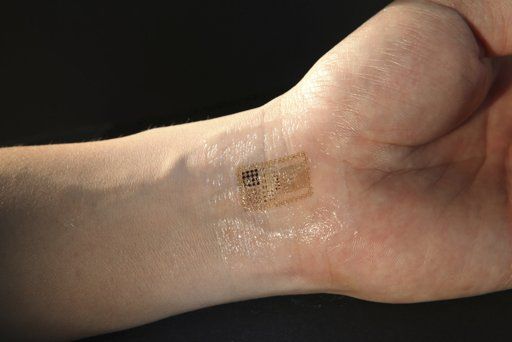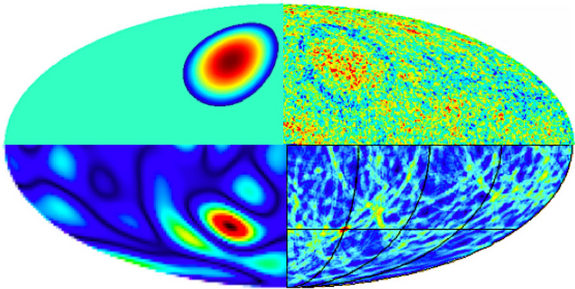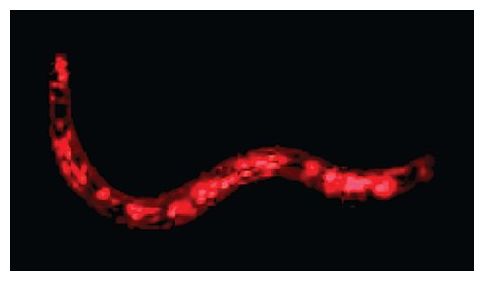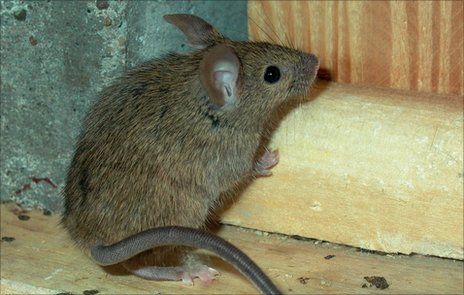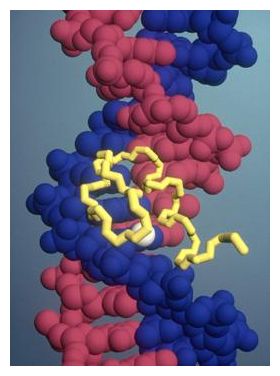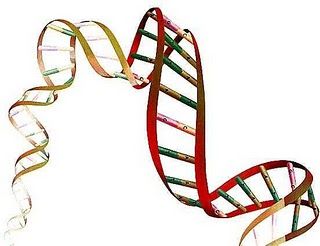
The Belly Button Biodiversity project wants to know what miniscule organisms live on us and what we can learn from them. After analyzing swabs taken from 92 participants, researchers have found at least 1,400 species of bacteria - a number they say is conservative.
"About 600 or so don't match up in obvious ways with known species, which is to say either they are new to science or we don't know them well enough," said Rob Dunn, an associate professor in the North Carolina State University biology department, and the belly button principal investigator.
"The crazy thing about these species (is) we are discovering new things that are living on people. They are right there, incredibly close to us," Dunn said.
Once the researchers have the belly-button samples, the team runs a genetic analysis to determine the species present. They also attempt to culture the microbes in petri dishes; however, this technique doesn't work for many species, because they don't like the microbe food in the dishes. In fact, scientists have no idea what many of these species eat.
